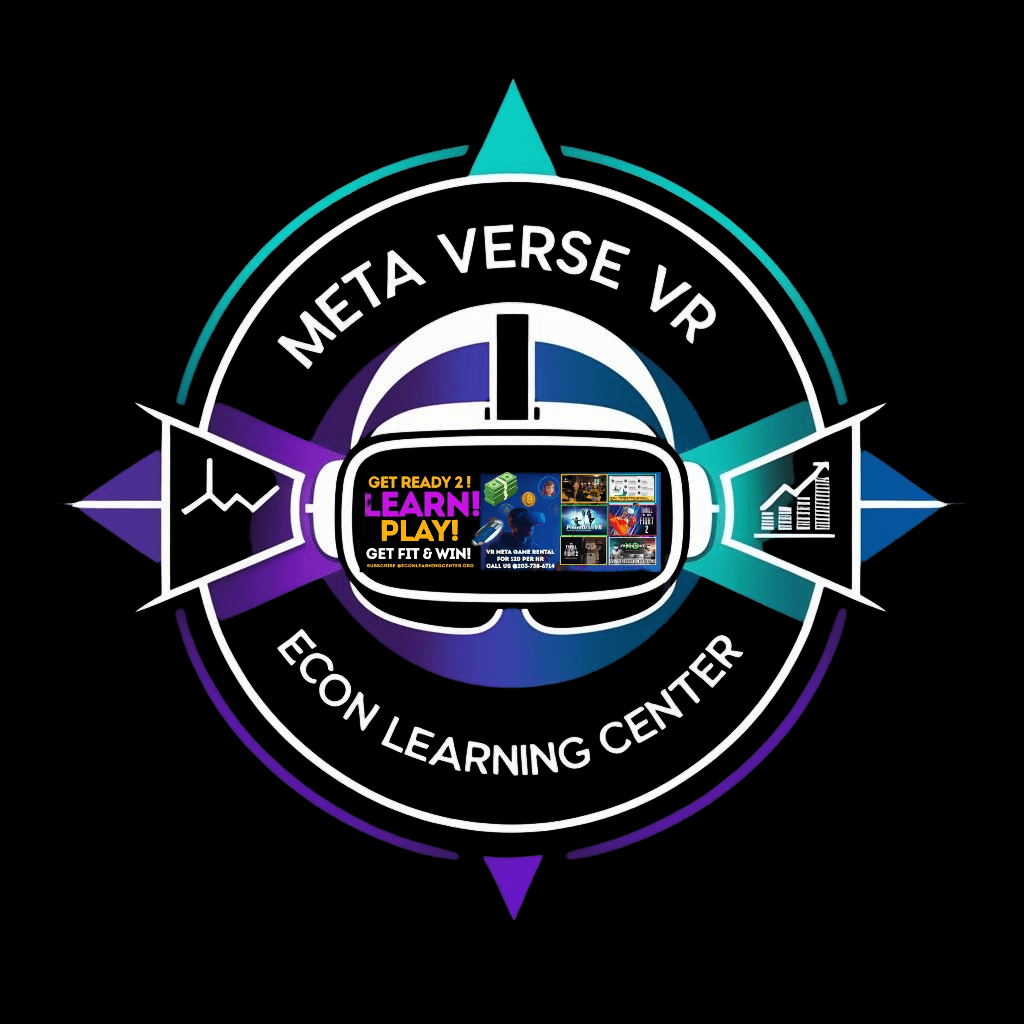- BOOK ME HERE
- About
- ENROLL HERE
- Schedule For Our Personal Financial Development 1 Year Course
- The Challenge
- ELC SHOP CLUB
- Credit Repair and Financial Education Services
- Watch Our Business Presentation
- Contact
- FAQ
- Econ Learning Center Blog
- Terms of service
- Econ Learning Center Channel
- Credit Secrets Live Tv
- ELC Meta Verse Vr Fitness ED Games
Virtual Classrooms: The Next Big Thing in Financial Education for Kids
The Rise of Virtual Classrooms
In today's fast-paced digital world, the way children learn is rapidly evolving. Traditional classrooms are no longer the sole avenue for education. Enter the era of virtual classrooms, a transformative approach that is making waves, especially in the realm of financial education for kids. These digital platforms are not just a trend; they are reshaping how young learners grasp the fundamentals of finance.
Virtual classrooms offer a flexible and interactive environment where children can learn at their own pace. With the integration of engaging multimedia content, students are more likely to retain information compared to conventional teaching methods. This innovative approach is crucial, particularly when teaching complex subjects like finance, which can often seem daunting to young minds.

Interactive Learning Tools
One of the biggest advantages of virtual classrooms is the use of interactive learning tools. These tools include simulations, games, and quizzes that make learning about money management fun and engaging. By incorporating these elements, children can experience real-world financial scenarios in a controlled environment, allowing them to learn from their mistakes without any real-world consequences.
Moreover, virtual classrooms often provide instant feedback, which is essential for effective learning. This immediate response helps students understand their mistakes and correct them in real-time, reinforcing their knowledge and boosting their confidence in handling financial matters.

Accessibility and Convenience
Another significant benefit of virtual classrooms is their accessibility. Regardless of geographical location, students can access high-quality financial education resources with just a few clicks. This is particularly important for children in remote areas who may not have access to traditional financial education resources.
The convenience of learning from home also means that parents can easily be involved in their child's education. They can monitor progress, assist with assignments, and even learn alongside their children, creating a collaborative learning environment that enhances the educational experience.

Customizable Learning Experiences
Virtual classrooms offer customizable learning experiences tailored to each student's needs. This personalization ensures that children are not overwhelmed by information that is too advanced or bored by content that is too basic. By catering to individual learning styles and paces, virtual classrooms maximize student engagement and knowledge retention.
Additionally, many platforms provide resources that allow educators and parents to track progress and identify areas where a child may need extra help. This targeted approach ensures that no student is left behind and that each child receives the support they need to succeed in understanding financial concepts.
The Future of Financial Education
As technology continues to advance, the potential for virtual classrooms in financial education is limitless. With the integration of artificial intelligence and machine learning, these platforms will become even more adept at providing personalized learning experiences. The future holds exciting possibilities for making financial literacy accessible and engaging for all children.
In conclusion, virtual classrooms are poised to become the next big thing in financial education for kids. By offering interactive, accessible, and customizable learning experiences, these platforms are revolutionizing how children learn about money management. As we embrace this digital evolution, we are setting the stage for a financially savvy generation ready to tackle the challenges of tomorrow.
